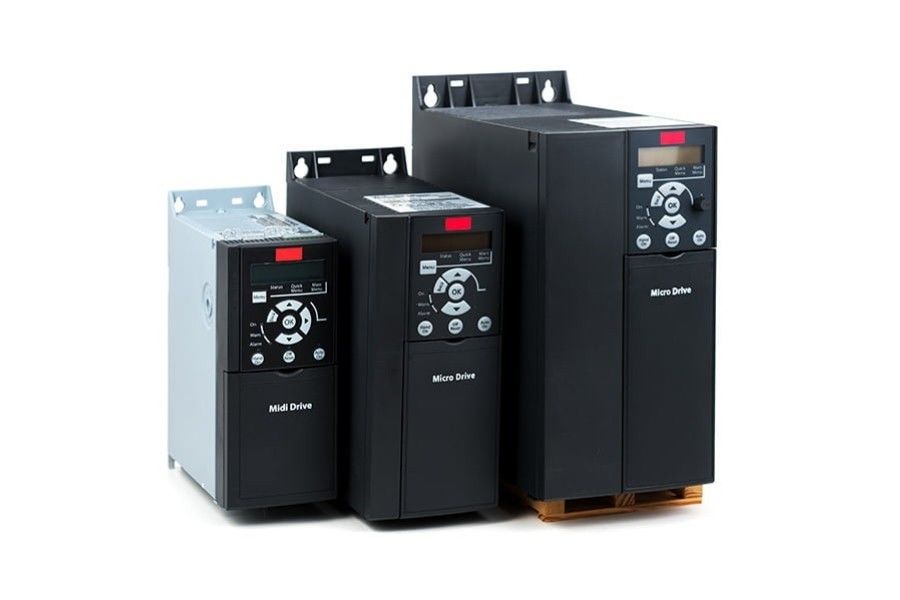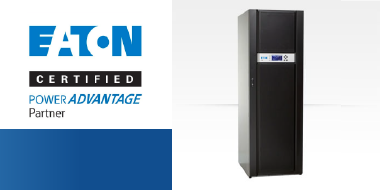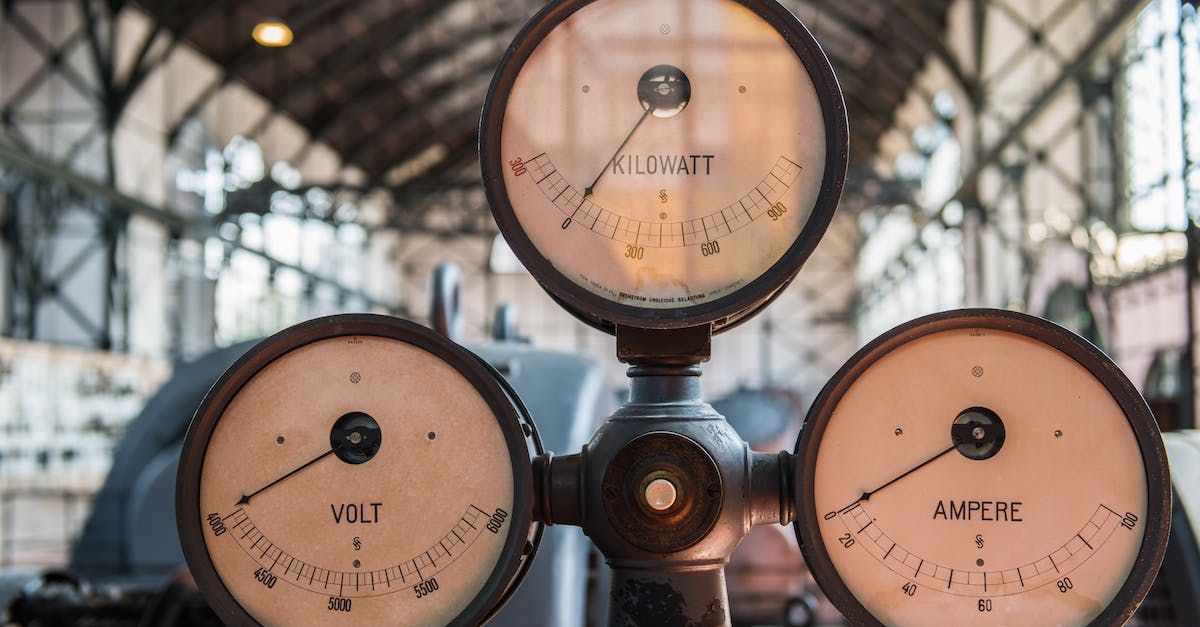UPS System Buying Guide
Share this article:
If you are just starting your UPS system purchase process, it can be overwhelming to sift through all the content, regulations, rules, runtimes, and everything else necessary to ensure you are making the correct purchase. To assist you, we have compiled this UPS buying guide to outline a few of the most important factors to consider that will help you determine, “what UPS system do I need?” Along with a few basic concepts behind UPS systems, and info on how to size a UPS for your facility, this guide should have everything you need to educate yourself on UPS systems.

Step 1: What is a UPS System?
When learning any new concept, it helps to understand what exactly the purpose and function are before moving on. A UPS (Uninterrupted Power Supply) system acts as a backup battery power supply that will deliver electric power long enough for equipment to be shut down properly when utility power fails. By preventing important data losses and minimizing the damage a hard shutdown can have on electronics, a UPS is an invaluable piece of support equipment for hospitals, data centers, telecommunications, and other locations in which electronics must be protected. You can even integrate one for your at-home needs.
Also acting as a surge protector, UPS systems protect connected devices from power problems outside of a complete blackout as well. Abnormal voltages or surges can also damage electronics in terms of life span and performance. A UPS will help you protect against all these issues and more.
Step 2: What Common Power Problems Do I Have?
Now that we know UPS systems protect against a wide range of power issues, consider which are most frequent at your facility. While blackouts are perhaps the most common issue, there are many other elements that can impact your ability to perform or otherwise damage your business and equipment. Below, we walk through symptoms of a few power problems. Take note of the issues that sound familiar or that your facility has experienced frequently before. Doing so will help you in later steps as you get closer to deciding which UPS system is best.
Surges: Usually caused by lightning, a power surge is an intense spike in electric power. If left unchecked, they are capable of damaging circuit boards and other electronic components.
Brownouts: A brownout is a drop in available voltage for an extended period of time. During emergency conditions, power companies may lower voltages to reduce the strain on the supply and avoid a complete blackout.
Voltage Sags: Voltage sags are similar to brownouts in that they are a type of reduced voltage. However, a sag is sudden and usually brief, in contrast to longer lasting, often purposeful brownouts.
Over Voltage: It may be helpful to think of over voltages as the opposite of sags. They occur when the incoming voltage is slightly higher than normal but is not high enough to be considered a full surge. Usually, over voltages also last for longer durations than power surges.
Frequency Noise: Also known as line noise, frequency noise can disrupt or lower circuit performance.
Frequency Variation: If your power supply is usually stable, frequency variation should not be a major issue. However, if you use generators frequently, your power may fluctuate more than is desirable for many electronics.
Harmonic Distortion: While also not as common, a harmonic distortion causes your power source’s electronic signal to be less than ideal, causing damage to sensitive equipment.
Blackout: Finally, frequent blackouts are a major reason why facilities require UPS systems. Commonly caused by weather, shortages, accidents, or increasingly common power grid failures , a blackout is a complete power outage, lasting for an unspecified amount of time.
Which Type of UPS System Caters to My Power Needs?
Now that you have a better understanding of what specific power problems you want to protect against, contemplate which type of UPS system is best suited to do so. Generally, there are three different categories of UPS. Each suited to protect against certain power problems, they are:
- Standby
- Line-Interactive
- And Double Conversion
Using the chart below, see which UPS type addresses your most important power concerns:
| Surges | X |
| Brown Outs | X |
| Black Outs | X |
| Under Voltage | |
| Over Voltage | |
| Line Noise | |
| Frequency Variation | |
| Harmonic Distortion |
Line-Interactive
| Surges | X |
| Brown Outs | X |
| Black Outs | X |
| Under Voltage | X |
| Over Voltage | X |
| Line Noise | |
| Frequency Variation | |
| Harmonic Distortion |
Double Conversion
| Surges | X |
| Brown Outs | X |
| Black Outs | X |
| Under Voltage | X |
| Over Voltage | X |
| Line Noise | X |
| Frequency Variation | X |
| Harmonic Distortion | X |
How Big Should My UPS Be?
When determining the size of your UPS system, there are two important considerations: load and capacity.
Load is the combined amount of power all the devices in your facility use. To calculate this number, list every piece of equipment your UPS system will need to support and add the wattages together. One important caveat: if the equipment has a redundant power supply, only count the wattages of one. If you are unsure of how many watts your equipment requires, you can contact the manufacturer, or work with a UPS expert to help.
Once you have found the load, or how much power is needed, you will then find a system that has the capacity to meet your load. A measure of how much power a UPS system can provide (measured in watts), the higher the capacity of your UPS, the more electronic equipment it will be able to support. When making a final determination, be sure your chosen UPS system has the capacity to cover your needs in the event of any power outage or issue.
What Length of Runtime Do I Need?
Runtime is the number of minutes a UPS system is capable of supporting attached devices with electricity during a blackout. When it comes to determining how much runtime you need, ask yourself what your priorities are. Do you simply need to shut down all your connected devices safely? Or are you concerned with keeping your electronics running during an outage? Answering those questions will help you determine runtime requirements.
Start with the minimum runtime you need to shut down all devices and equipment properly, then create an acceptable range of runtime around that figure. The broader this range, the more choices you will have.
Now That You Know What You Need
Now that you have the information you need to begin selecting a UPS system, there are several steps you can take next. The first is to browse our products for a UPS that meets your needs. If you would like more assistance in making your final decision, we encourage you to contact our team immediately. We will work with you to better determine your needs and help you choose the exact right UPS system for you.
You can fill out our contact form or call us directly at (844) 501-1887 to talk with a product representative.




